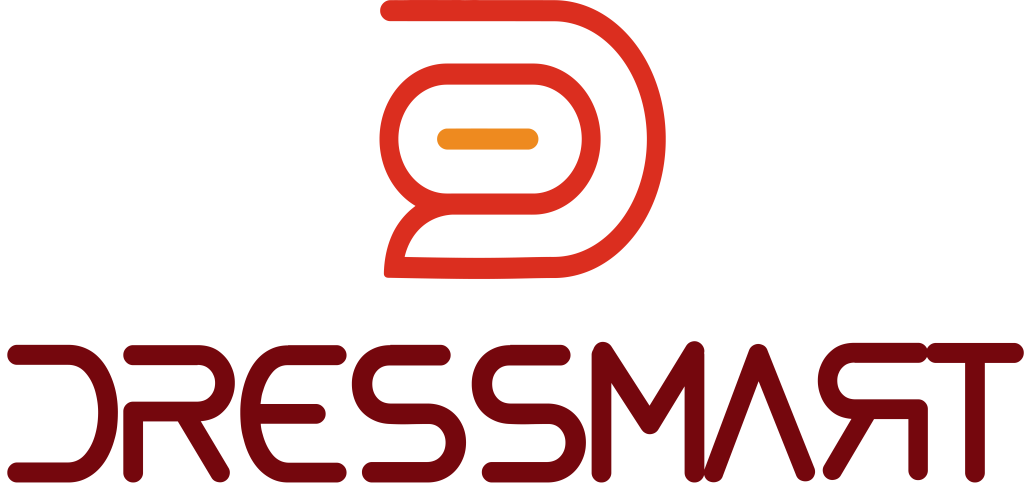Introduction
As technology continues to advance, it has made its way into various industries, including fitness and health. One of the exciting developments in this field is the emergence of smart sportswear for health assessment. These innovative garments integrate sensors, data analytics, and connectivity to provide users with real-time insights about their health and performance. In this article, we will delve into the future of fitness and explore how smart sportswear is revolutionizing health assessment.
The Need for Health Assessment in Fitness
Health assessment plays a crucial role in fitness as it allows individuals to track their progress, set goals, and make informed decisions about their training routines. Traditional methods of health assessment, such as manual tracking of heart rate, steps, and calories burned, have limitations in terms of accuracy and convenience. Smart sportswear aims to overcome these limitations by providing a more comprehensive and seamless approach to health assessment.
What is Smart Sportswear?
Smart sportswear refers to clothing and accessories embedded with sensors and other technological components that can measure various physiological parameters, such as heart rate, respiration rate, body temperature, and movement. These sensors are seamlessly integrated into the fabric of the garments, allowing for comfortable and non-intrusive monitoring during physical activities. The data collected by the sensors is then transmitted to a smartphone or other connected devices for analysis and interpretation.
Features and Benefits of Smart Sportswear
Real-time Health Monitoring
Smart sportswear enables real-time monitoring of vital signs and physical activity. Users can instantly access information about their heart rate, calorie expenditure, and other relevant metrics during their workouts. This immediate feedback allows for adjustments in intensity, pacing, and technique, leading to a more effective and safer training session.
Data Analytics and Insights
The data collected by smart sportswear goes beyond simple monitoring. Advanced analytics algorithms analyze the data to provide meaningful insights and trends. Users can gain a deeper understanding of their performance, identify areas for improvement, and make data-driven decisions about their training and recovery strategies.
Personalized Training Programs
Smart sportswear, coupled with data analytics, enables the creation of personalized training programs based on an individual’s unique physical characteristics, goals, and performance data. These programs can provide tailored recommendations for exercise intensity, duration, and frequency, optimizing training outcomes and minimizing the risk of injuries.
Injury Prevention and Rehabilitation
By continuously monitoring various physiological parameters, smart sportswear can help detect early signs of overexertion, fatigue, or potential injuries. This early warning system allows individuals to modify their training or seek appropriate medical attention, preventing further harm. Additionally, smart sportswear can aid in the rehabilitation process by monitoring progress and providing objective feedback to healthcare professionals.
Seamless Integration and Convenience
Smart sportswear is designed to seamlessly integrate into the user’s daily routine. The garments are lightweight, comfortable, and washable, making them suitable for both workouts and everyday wear. The data collected is wirelessly transmitted to smartphones or other devices, eliminating the need for additional equipment or manual data entry.
Applications of Smart Sportswear in Fitness
Performance Optimization
Smart sportswear can be used to optimize performance in various sports and fitness activities. Athletes can monitor their heart rate, oxygen consumption, and muscle activity to gauge their effort level and ensure they are training within the desired intensity zones. This information can help improve endurance, increase strength, and enhance overall performance.
Health and Wellness Tracking
Smart sportswear is not limited to athletes; it can also be used by individuals seeking to improve their overall health and wellness. By tracking metrics such as heart rate variability, sleep quality, and stress levels, users can gain insights into their overall well-being and make lifestyle adjustments accordingly. This holistic approach to health assessment promotes a balanced and sustainable fitness journey.
Rehabilitation and Physical Therapy
Smart sportswear has tremendous potential in the field of rehabilitation and physical therapy. By continuously monitoring range of motion, muscle activation, and joint stability, healthcare professionals can assess progress and tailor treatment plans for individuals recovering from injuries or undergoing rehabilitation. This technology enables remote monitoring and reduces the need for frequent in-person appointments, making it more convenient and accessible for patients.
Challenges and Future Developments
While smart sportswear for health assessment shows great promise, there are still challenges to overcome. Some of these challenges include ensuring accuracy and reliability of sensor measurements, addressing privacy and data security concerns, and improving battery life and durability of the garments. However, with ongoing advancements in technology and increased investment in research and development, these challenges are likely to be addressed in the future.
The future of smart sportswear holds great potential. As technology continues to evolve, we can expect further integration of sensors, improved accuracy, and enhanced user experience. Smart sportswear has the power to revolutionize fitness and health assessment, empowering individuals to take control of their well-being and achieve their fitness goals in a more informed and efficient manner.




